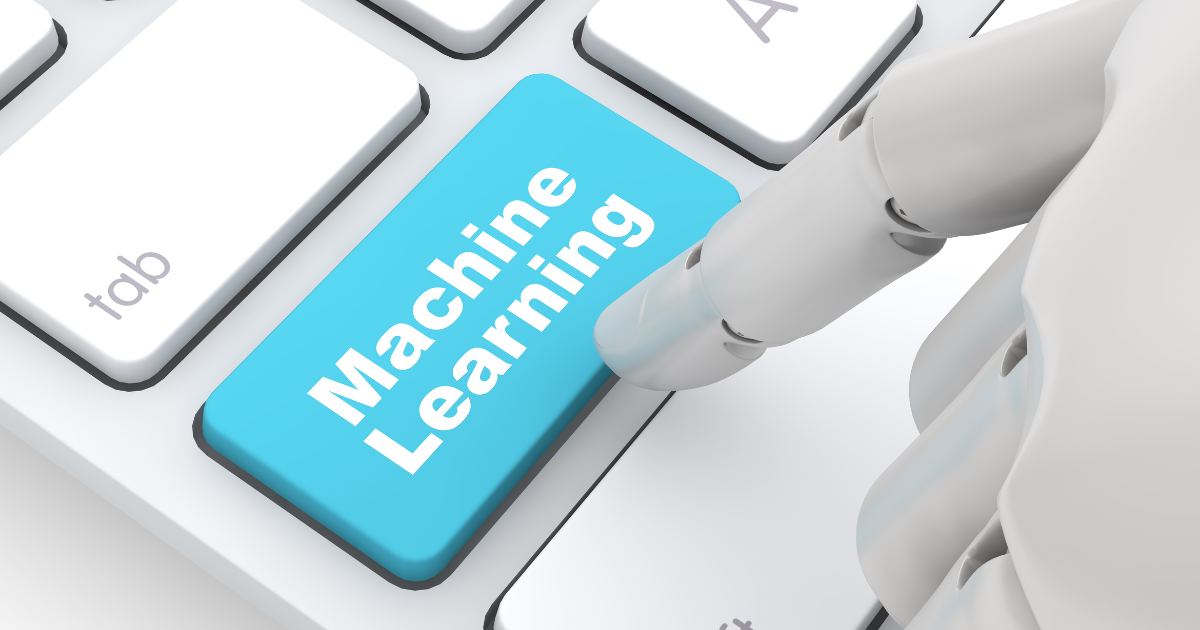You Don’t Need an ML Engineer (Yet)
Most startups start their AI journey the same way:
Step 1: Feel pressure to do something with AI
Step 2: Post a job for a machine learning engineer
Step 3: …Hope for magic?
Here’s the problem: most of the time, they’re hiring the wrong role.
“You need to understand whether you’re doing ML R&D or plugging in GenAI APIs. Those require totally different skill sets.”
— Hal Tily, Advisor at Plenty (ex-Apple, Netflix, Oura)
The current wave of GenAI innovation — chatbots, code generation, summarization — is mostly about integrating APIs from providers like OpenAI or Anthropic.
That’s a software engineering problem.
Not a machine learning one.
Not an R&D problem.
Not a reason to build a full data science team.
“I’d bet a large percentage of ML engineer job posts today are actually looking for strong software engineers.”
— Thach Nguyen, Founder & Managing Partner, Plenty
Hiring an ML engineer when you really need a product-focused engineer who can ship fast with GenAI isn’t just a mismatch — it’s a waste of time, budget, and trust.
So what should you do instead?
Step 1: Strategy First
Before you hire, get crystal clear on what AI is actually solving for your business.
“Strategy first. You build the capability before inventing use cases. Otherwise, you’re wasting millions.”
— Travis Nixon, Chief Data Scientist at Microsoft, ML Leader at Meta, and Founder of SynerAI
Are you integrating an LLM into your product flow?
Are you transforming the user experience?
Are you using AI to automate a back-end workflow?
If you can’t answer that clearly — you’re not ready to hire.
Most AI talent isn’t plug-and-play. A messy roadmap or “figure it out” posture will repel great candidates — or worse, bury them in misaligned work.
Step 2: Hire What You Actually Need
Not every company needs in-house ML research.
Not every startup is ready for a Chief AI Officer.
If your first use case is something like:
In-product chat
Automated summaries
Internal tooling
…then you don’t need to train models.
You need software engineers who can build GenAI-powered features, fast.
Step 3: Bring in a Guide
If you’re not sure what roles you need or how to structure the team — don’t guess. Bring in someone who’s seen the playbook.
“You don’t always need a Chief Data Officer full-time — but bring in an advisor early to avoid missteps and technical debt.”
— Thach Nguyen
For early-stage startups (Seed to Series B), a fractional CDO or senior advisor can help you:
Validate use cases
Scope the right roles
Avoid overhiring too early
Set up infra and data workflows the right way
It’s cheaper — and smarter — than rebuilding the team later.
Bottom Line
✅ Get the strategy right
✅ Hire for the actual work, not the trend
✅ Don’t confuse GenAI integration with ML research
✅ Use fractional leadership to avoid expensive mistakes
Because the worst AI hiring mistake isn’t moving too slowly.
It’s building the wrong team.
Need help pressure-testing your first AI hire?
That’s what we do. Reach out — or forward this to someone making their first AI hire.

